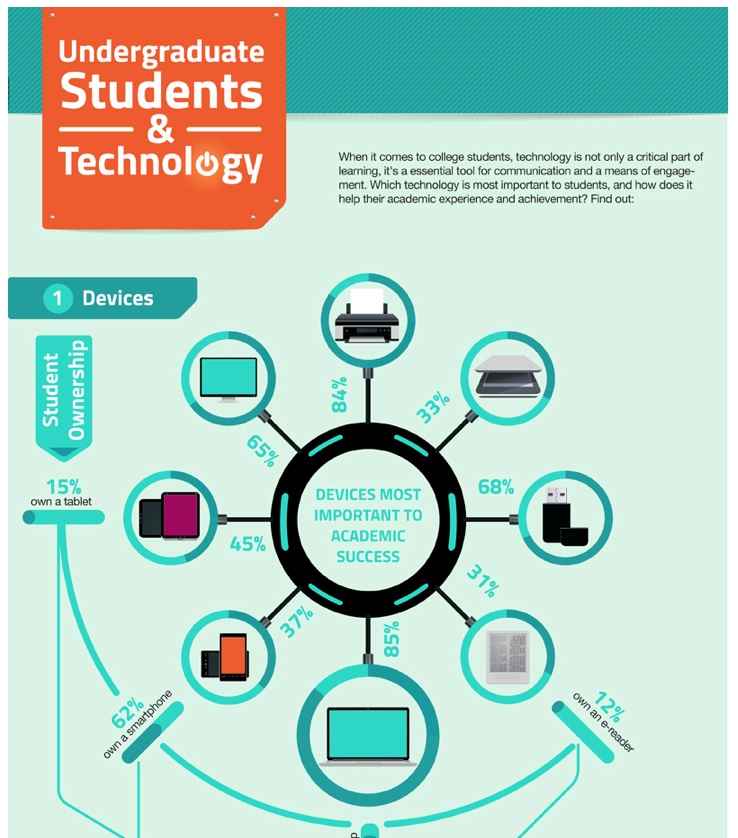The College Board released a press release and accompanying report related to the Class of 2012 Advanced Placement® results. While participation and performance increased compared to the Class of 2011, many High School students with potential for success in college-level AP® Courses still lack access. Parents of college-bound teens should encourage their students to take advantage of AP classes offered in high school. Following is a short excerpt from the press release, along with a link to view the complete report.
_________________
 NEW YORK — Ensuring that all academically prepared high school students have access to rigorous college-level course work that will enable them to persist in and graduate from college is critical for the United States to remain competitive in a global economy — particularly in crucial STEM-related disciplines. Educators are increasingly adopting the rigorous standards found within the Advanced Placement Program® (AP®) to help the nation’s high school students develop the critical thinking, reasoning and communication skills that are essential for college success.
NEW YORK — Ensuring that all academically prepared high school students have access to rigorous college-level course work that will enable them to persist in and graduate from college is critical for the United States to remain competitive in a global economy — particularly in crucial STEM-related disciplines. Educators are increasingly adopting the rigorous standards found within the Advanced Placement Program® (AP®) to help the nation’s high school students develop the critical thinking, reasoning and communication skills that are essential for college success.
Data released today by the College Board as part of The 9th Annual AP Report to the Nation revealed that more high school graduates are participating — and succeeding — in college-level AP courses and exams than ever before. Succeeding in AP is defined as achieving a score of 3 or higher on the five-point AP Exam scale, which is the score needed for credit, advanced placement or both at the majority of colleges and universities.
“By exposing students to college-level work while still in high school, Advanced Placement dramatically improves college completion rates,” said David Coleman, President of the College Board. “Today we applaud those educators who have worked tirelessly to bring the power of AP to more communities and more students than ever before. But we must not forget the hundreds of thousands of students with the potential to succeed in Advanced Placement who don’t even have access to its coursework. If we hope to achieve our long-term college completion goals, we must ensure that every student has access to a rigorous education.”
Current research on AP course work confirms AP’s comparability to introductory college courses in content, skills and learning outcomes. Research consistently shows that students earning placement into advanced course work based on AP Exam scores perform as well as — or better than — students who have completed the introductory course at a college or university. In fact, students who succeed on an AP Exam during high school typically experience greater overall academic success in college, and are more likely than their non-AP peers to graduate from college and to graduate on time, experiencing lower college costs than the majority of American college students.
The 9th Annual AP Report to the Nation is available at apreport.collegeboard.org.
You can also download the condensed version of the report located within the press release:







 It is estimated that by the time a single child reaches the age of 18, his parents will have spent approximately $300,000, according to the U.S. Department of Agriculture (which releases annual reports on family spending). And that doesn’t include the cost of college. Of course, this report factors in housing, childcare, food, transportation, healthcare, and a number of other elements. But it comes out to about $13,000-14,000+ per year in expenses for a child in a median-income household (earning roughly $60,000-100,000 annually in taxable income). Unfortunately, your costs don’t end when your kids head off to college. In fact, they could increase significantly. You’ll still have to pay for your own home, car, food, and more, but you’ll also be on the hook for additional living expenses for your kids since they are no longer at home, not to mention tuition, books, fees, and other costs associated with college – unless of course you decide not to pay.
It is estimated that by the time a single child reaches the age of 18, his parents will have spent approximately $300,000, according to the U.S. Department of Agriculture (which releases annual reports on family spending). And that doesn’t include the cost of college. Of course, this report factors in housing, childcare, food, transportation, healthcare, and a number of other elements. But it comes out to about $13,000-14,000+ per year in expenses for a child in a median-income household (earning roughly $60,000-100,000 annually in taxable income). Unfortunately, your costs don’t end when your kids head off to college. In fact, they could increase significantly. You’ll still have to pay for your own home, car, food, and more, but you’ll also be on the hook for additional living expenses for your kids since they are no longer at home, not to mention tuition, books, fees, and other costs associated with college – unless of course you decide not to pay.
